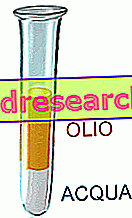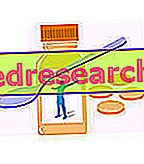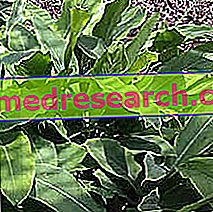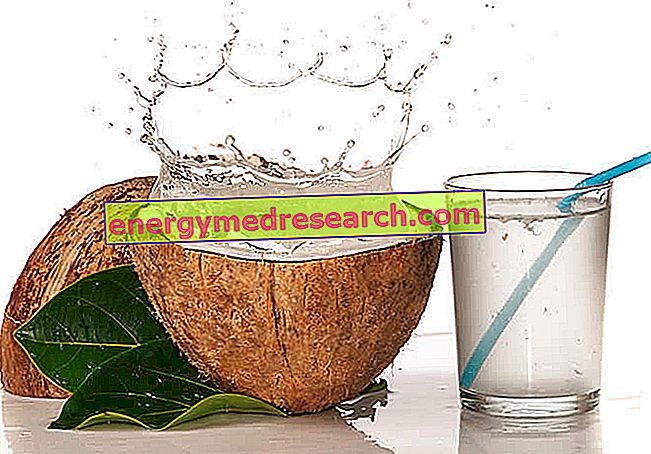
However, while carbohydrates and proteins dissolve easily in digestive liquids, lipids are not only insoluble, but tend to unite together forming large agglomerates. In this way the digestive action of lipases is strongly limited.
In order to be digested and absorbed, the fats must therefore be transformed into water-soluble aggregates. This process, called emulsification, takes place by bile, a substance produced by the liver and poured into the duodenum by the gall bladder.
REMEMBER: the activity of pancreatic lipases is enhanced by the presence of bile
After undergoing the emulsion process, the lipids are attacked by specific enzymes produced by the pancreas (lipase, phospholipase and cholesterol esterase) which separate the glycerol from the fatty acids.
The short and medium chain fatty acids (10-12 carbon atoms) are absorbed directly into the small intestine and reach the liver where they are rapidly metabolized.
Long chain fatty acids are absorbed by enterocytes (intestine cells) and re-esterified to triglycerides. They are then associated with cholesterol giving rise to particular lipoproteins called chylomicrons.
The chylomicrons are released into the circulation and reach the peripheral tissues which retain only fatty acids and glycerol.
The residual chylomicrons, poor in triglycerides and very rich in cholesterol, are captured and incorporated by the liver which metabolizes the residual cholesterol and uses the few triglycerides left for metabolic processes.
ENDOGENOUS SYNTHESIS OF TRIGLYCERIDES: hepatocytes (liver cells) are able to synthesize triglycerides starting from different precursors (glucose and carbon skeleton of amino acids).
After having synthesized triglycerides, the liver puts them into circulation by incorporating them into molecules of a protein nature. Very low density lipoproteins or VLDL are thus formed, very similar in composition to chylomicrons.
REMEMBER: Chylomicrons are secreted by enterocytes while VLDLs are produced by hepatocytes
Peripheral tissue cells retain fatty acids by progressively depleting triglyceride VLDLs. Thus the IDLs also known as medium-density lipoproteins are formed. VLDLs can also donate triglycerides directly to HDL (high-density lipoproteins) and receive cholesterol in return.
At the end of these processes the IDLs further deplete of triglycerides and become LDL, lipoproteins with a very high cholesterol content.
LDLs are picked up by tissues that, in case of need, take cholesterol.
If the cholesterol is present in excess it is picked up by the hepatocytes that pour it into the bile and inhibit its endogenous production. This is made possible by HDL (high density lipoproteins) that allow the so-called reverse cholesterol transport (while VLDL and LDL transport it from the liver to the tissues HDL transport it from the tissues to the liver).
It is no coincidence that HDLs are also known as good cholesterol and the higher their blood content, the lower the risk of developing cardiovascular diseases.
If by excess of LDL or reduced function of the receptors the hepatocytes fail to metabolize excess cholesterol they remain in circulation longer increasing the plasma concentration of cholesterol and predisposing the subject to various diseases of cardiovascular origin.
Beta oxidation and biosynthesis of fatty acids



